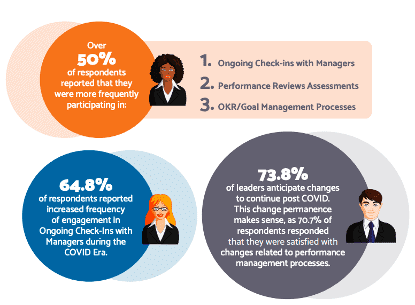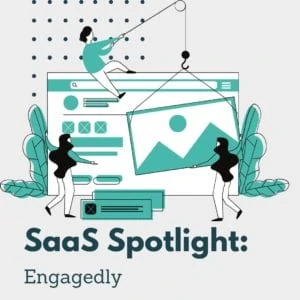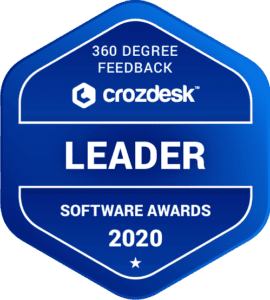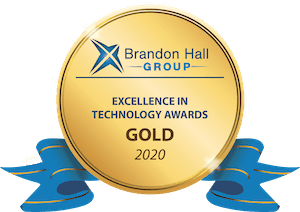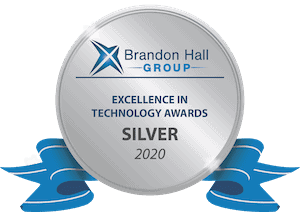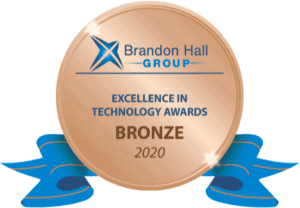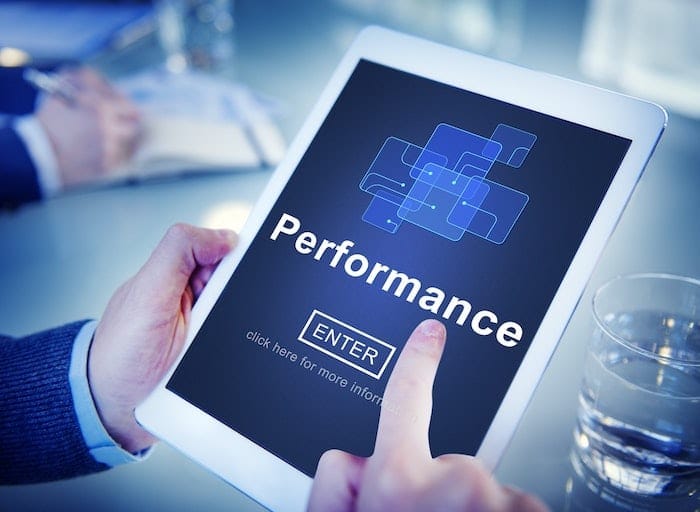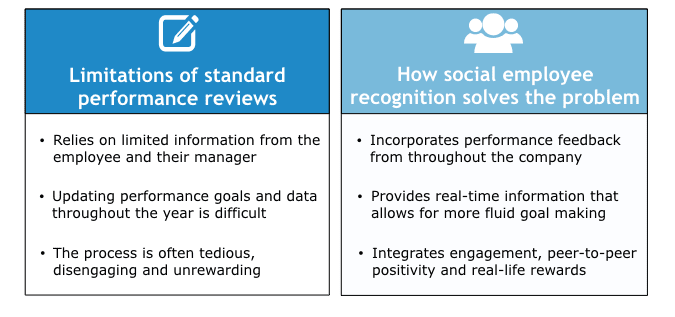Measuring employee performance is one of the crucial objectives for every organization. Globally, organizations have started ditching the traditional way of managing performance and are adopting the modern approach. They have moved away from traditional paper-based reviews to using performance management software.
Performance management software is known to increase employee engagement, boost motivation, and facilitate two-way communication. Not only this, it helps in better management of employees and land also increases the efficiency and accuracy of employee performance reviews.
If your organization still haven’t invested in a performance management software, read on to know why you should.
Feedback Module
Feedback is critical to driving employee engagement and retention. For feedback to be useful, it needs to be frequent and on the spot. Performance management software makes sharing and receiving feedback a lot easier for both the employees and managers. It allows for consistent and ongoing sharing of feedback on a real-time basis. Instead of waiting for the performance reviews, managers get to share feedback with their employees instantly. It gives employees the flexibility to ask for feedback whenever required. Timely feedback helps good employees become better and the ones not up to the mark to improve. Ken Blanchard (American Author) rightly says ‘feedback is the breakfast of champions.’
A performance management software not only facilitates two-way communication but also improves collaboration. It in turn improves employee engagement and retention.
Rewards, Recognition And Gamification
Like feedback, employees feel the constant need for recognition of their work. Receiving timely recognition boosts employee’s confidence, and they get validation for their work. Celebrating the wins of your employees keeps them motivated and engaged. Most of the performance management software that is available in the market have a built-in employee recognition and rewards module. They allow you to recognize and reward your employees instantly for their work.
For example, using tools like Engagedly, you can publicly praise or award points to your employees.
Also Read: Recognition At Work : The Virtual Edition
Goals And OKRs
Goal management is an important process for all organizations. It helps employees to stay focused on a common goal. Moreover, it helps in measuring the overall progress. A performance management software enables employees and the organization to set clear, SMART, and dynamic goals for themselves. In addition to this, it allows individuals to cascade their goals and also align them with the organization’s goals. It helps everyone to work towards a common goal.
Multirater Feedback
Employees not only love receiving feedback from their managers, but they love it from their peers too. 360 degree feedback is increasingly becoming popular among organizations and is a common module of most performance management software. In this process, employees receive feedback from multiple audiences, which includes managers, peers, subordinates, vendors, and customers. Employees get an overall and balanced perspective of their performance. Moreover, it bridges the gap between what an employee perceives and what others think about the employee. It also allows employees to share feedback about their managers anonymously without the fear of getting subjugated.
We can definitely say that 360 degree feedback not only helps in the self-awareness of the employees but also promotes an open culture in the organization.
Also Read: How To Conduct An Effective 360 Degree Feedback?
Improved Transparency & Reduced Bias
Performance management software offers a great deal of visibility to everyone in the organization. Every stakeholder has a clear view of the progress of goals, feedback, and ongoing projects. Moreover, as it logs in data consistently, it reduces the chance of any biases or favoritism towards an employee. It leads to creating a sense of trust and open culture in the organization.
Analytics and Insights
Performance management software provides detailed insights about an employee’s performance in the form of detailed graphs and charts. It helps employees to make decisions about their skills and developmental needs. Additionally, it helps managers and organizations to make compensation and promotion-related decisions during annual or half-yearly reviews. Not only this, but it also saves employer’s time during reviews as all the information is already there in the performance management software.
Do you want to know how Engagedly can help you with Performance Management? We have live demo for you.


